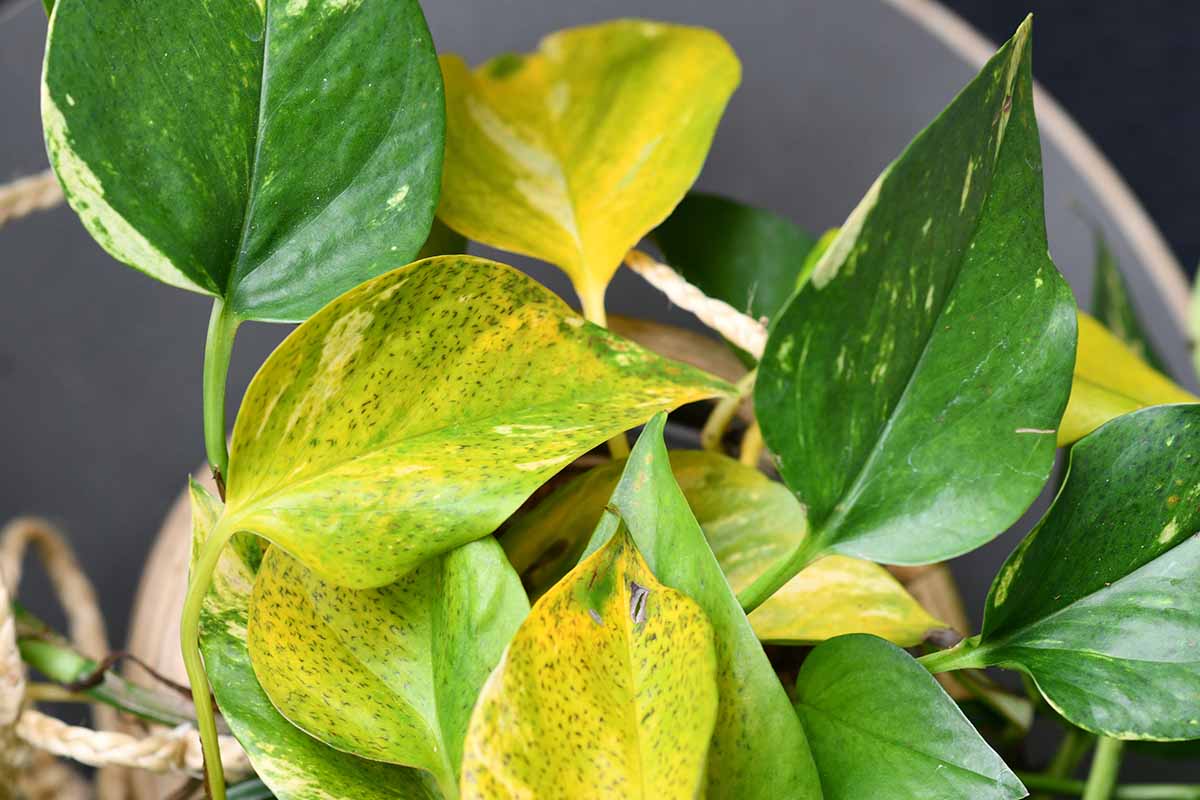Discover Why Plant Leaves Go Yellow

Imagine walking into your garden or home, only to find your once-vibrant plants sporting yellow leaves. It’s a common sight, but what does it mean? Why do plant leaves turn yellow, and more importantly, what can you do about it? Understanding leaf yellowing causes is crucial for maintaining lush, green foliage and ensuring your plants stay healthy and thriving.
Common Causes of Leaf Yellowing
There are several reasons why your plants may be experiencing leaf yellowing. Let's break down the most common culprits and how you can address them.
Nutrient Deficiencies
One of the most prevalent reasons for when plant leaves turn yellow is a lack of essential nutrients. Just like humans need a balanced diet to stay healthy, plants require proper plant nutrients to maintain their green foliage. When plants are deficient in nutrients like iron, magnesium, or nitrogen, their leaves can turn yellow.
How do you know if a deficiency is the problem? Look for pattern changes in yellowing. For instance, chlorosis, a condition where leaves turn yellow while the veins remain green, is often a sign of an iron deficiency. Think of nutrients as the building blocks of your plant's health—without them, your plant can't build and maintain strong leaves.
To combat nutrient deficiencies, consider using a balanced fertilizer. Ensure it includes all the necessary macronutrients (nitrogen, phosphorus, and potassium) and micronutrients (iron, magnesium, etc.). For more detailed tips on green foliage maintenance, check out this guide on nutrient deficiencies from The Old Farmer's Almanac.
Overwatering or Underwatering
Water is another crucial factor in plant health. Both overwatering and underwatering can lead to leaves wilting and turning yellow. Overwatering can suffocate the roots, preventing them from absorbing necessary oxygen and nutrients, which leads to leaf yellowing and ultimately, root rot.
On the other hand, underwatering starves the plant of the water it needs to carry nutrients from the soil to the leaves. It’s like trying to brew a perfect cup of coffee without enough water—nothing good comes out of it.
To find the right balance, ensure your plants are in well-draining soil and maintain a consistent watering schedule. Stick your finger about an inch into the soil to check if it's dry before watering. For plant health care tips related to watering, visit BHG's tips on proper watering.
Diseases and Pests
Sometimes, pests and diseases can cause leaf yellowing. Fungal infections, bacteria, and viruses can all lead to yellowed leaves. Similarly, pests like aphids and spider mites can suck the life out of your plants, causing leaves to turn yellow.
Regularly inspect your plants for signs of pests and diseases. Look for unusual spots, holes, or webbing on the leaves. If you spot any unwelcome visitors, act quickly to remove them and treat the affected areas. For a comprehensive guide on dealing with pests and diseases, check out Planet Natural's tips on plant disease prevention.
Other Factors to Consider
Beyond the obvious causes, there are other factors that could contribute to yellowing leaves. For instance, environmental stressors like too much sunlight or drastic temperature changes can also impact your plants' health.
Environmental Stress
Too much sunlight can scorch your plants, turning their leaves yellow. Conversely, too little light can make leaves lose their vibrant green color. The same goes for temperature—extreme heat or cold can stress your plants, leading to yellow leaves.
Ensure your plants are placed in appropriate environments. If they're indoor plants, move them to better-lit spots or adjust the temperature around them. If they're outdoors, consider relocating them to a shadier area or providing them with some protection from extreme weather conditions.
Final Thoughts
Why does your plant leave turn yellow? The answer could be a combination of factors, from nutrient deficiencies to pests and diseases. Understanding the root cause is the first step in restoring your plant's health and vibrancy. Remember, plant health care tips are essential, but sometimes, addressing the problem head-on is the best solution.
So, what’s next? Start by inspecting your plants, checking the soil, and adjusting your watering routine. If you see signs of pests or diseases, act quickly. And always keep an eye on environmental factors—your plants will thank you for it!
Ready to dive deeper into your plant's health? Click here to explore more resources and tips on maintaining healthy, green foliage. Your plants will thank you with lush, vibrant leaves!
Frequently Asked Questions
1. Can yellow leaves be reversed?
In most cases, if the underlying issue is addressed promptly, yellow leaves can be reversed. However, if the damage is severe, it may be necessary to prune the affected leaves to prevent the spread of disease.
2. How often should I fertilize my plants?
The frequency of fertilization depends on the type of plant and the fertilizer used. Generally, a balanced liquid fertilizer can be applied every 4-6 weeks during the growing season.
3. What should I do if my plant's leaves are curly and yellow?
Leaves that are both curly and yellow often indicate a pest infestation. Inspect your plant carefully and treat it with an appropriate insecticide or natural remedy like neem oil.
4. How can I prevent overwatering?
To prevent overwatering, ensure your plants are in well-draining soil and use pots with drainage holes. Water your plants only when the top inch of soil is dry.
5. Can yellow leaves affect the entire plant?
Yes, if left unaddressed, the cause of leaf yellowing (such as a nutrient deficiency or disease) can spread and negatively impact the entire plant, leading to poor growth and eventually, the plant's death.
```
0 Response to " Discover Why Plant Leaves Go Yellow"
Post a Comment